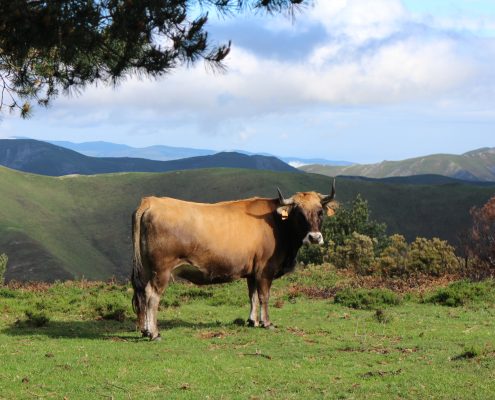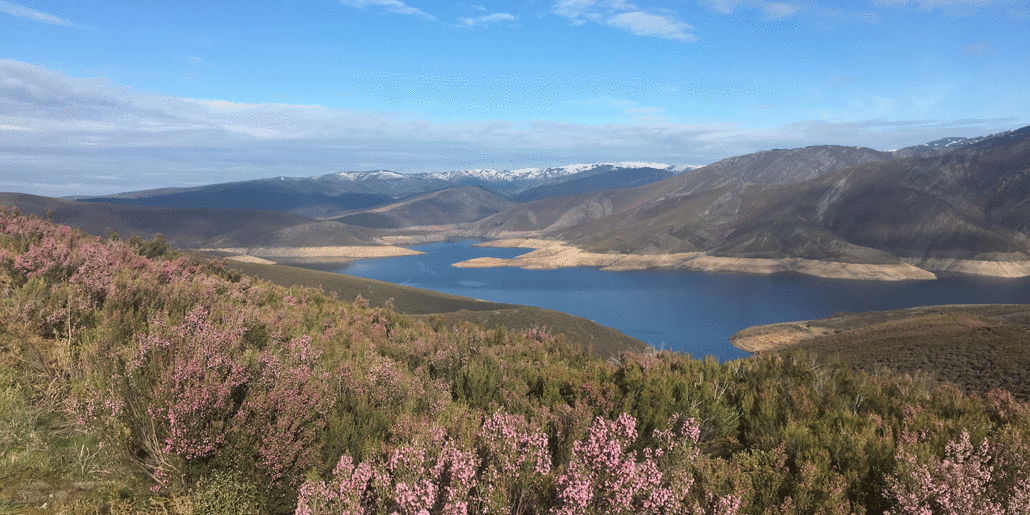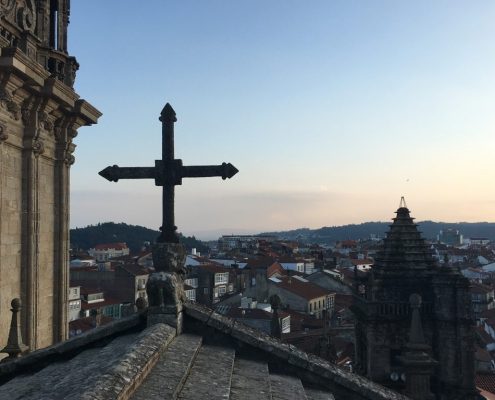
GUIDE Tips and tricks on blisters
Feet are unique and very individual, but the pain of blisters is shared. Check out my down to earth tips on prevention and treatment, before you invest in expensive and perhaps redundant blister products
Your feet are your foundation and they ground you. If you want to reach the cathedral, you better respect and listen to your feet and treat them as kings and queens. Your feet are always right!
Listen and learn from your blisters
If you get a blister, your feet are trying to tell you something – your job is to listen. Are they whispering that you need to be better at listening to your body and respecting your own boundaries? Are they asking you to plan and train more when you want to live a dream as big as walking a camino? Are you worrying too much about the future making you forget about the blister that’s developing here and now? Are you forcing yourself to walk longer than your body is capable of right now? Listen and learn from your feet.
A hot or even burning hot spot on your foot means: ”Stoooop – take care – I need air, otherwise I will get a blister…”

5 tips to prevent blisters
- Air is the universal trick to fight blisters! Take a break every two hours and take both your boots and socks off. Changing socks lowers the temperature of your feet several degrees. With the change-socks-often-trick you can eliminate most blisters.
Like the camino socks? Check them out here

- Start using your camino footwear long time before your date of departure. Walk long distances with the full camino weight in your backpack. Choose camino footwear that is at least one size bigger than your usual size, your feet will swell a size when you walk for a whole day.
Check out my strange, Australian boots that never gave me a single blister - Extra weight increases the risk of blisters. Take a realistic look at your body weight and loose the pounds needed before take off. And keep the weight of your backpack under 10 % of your body weight.
Check out our lightweight packing list for the camino - Spoil your feet with a good pedicure before embarking on your camino. Smooth healthy feet without dry, calluses and flaky foot skin are less likely to get blisters.
- Make it a habit to use foot balm every evening. The drier your skin, the higher the risk of foot problems when walking long distances. German Röwö hirschtalgcreme is super good, non greasy and affordable:

Know your feet and outsmart the usual blisters
Blisters tend to show up the same places on the same feet. I tend to get blisters on the inner side of the big toe. My husband gets blisters on the outer side of the heel. When you know where you tend to get blisters you can easily and effectively prevent them with Leukoplast universal bandaid. Put one on in the morning to avoid friction. If you walk in trekking sandals, this tip is extra important.

When the damage is done: The dry method and the wet method
Basically there are two schools when it comes to blister care: The dry method and the wet method.
The dry method: Puncture the blister for instance with a clean needle and disinfect it. Take a long break without shoes on and allow the blister to dry out. Do not remove the blister skin before the skin underneath the blister has healed. If you feel like removing the skin anyway, look at this picture of Mikaels feet:

Some people even sew a thread through the blister and leave it there until the blister has dried out. In my experience a thread is not necessary: The hole from the needle itself is enough for the blister to dry out.
Next day: Cover the blister with Leukoplast. It takes shape after your feet and there is no risk of new blisters due to the tape.
For the patient pilgrim: The wet method
Puncture the blister and disinfect it. When the foot is dry, patiently place a Compeed plaster correctly (look at the package). If you skimp in any way it won’t work properly. Now don’t do anything at all until the plaster falls off by itself after some days. A good trick is to cover the Compeed plaster with Leukoplast tape. It will be humid under the plaster and the plaster will surely look dirty too, but do not try to change the plaster or fiddle with it in any way. If you try, you risk removing skin along with it… and that would mean starting from scratch..
The wet method is far more expensive than the dry method because Compeed plasters are pricy. Besides: In my experience you need extra patience and self discipline to succeed with it.
My husband has both, I don’t.
Blister solutions you can buy
You don’t have to invest large sums on blister preventing socks like two layer socks or inner socks. There are no guarantees that these more technical socks work any better for you than regular trekking socks and good feet care habits.
If you are a very experienced pilgrim and suddenly begin to encounter blisters in your beloved old boots – check if it’s time for new camino footwear. Sometimes the lining becomes so worn out it causes problems. Time to invest in a pair of new favorite footwear – and maybe this creative idea for the old ones:






































Leave a Reply
Feel free to ask us a question, comment or share your own tips.We are looking forward to hear from you!